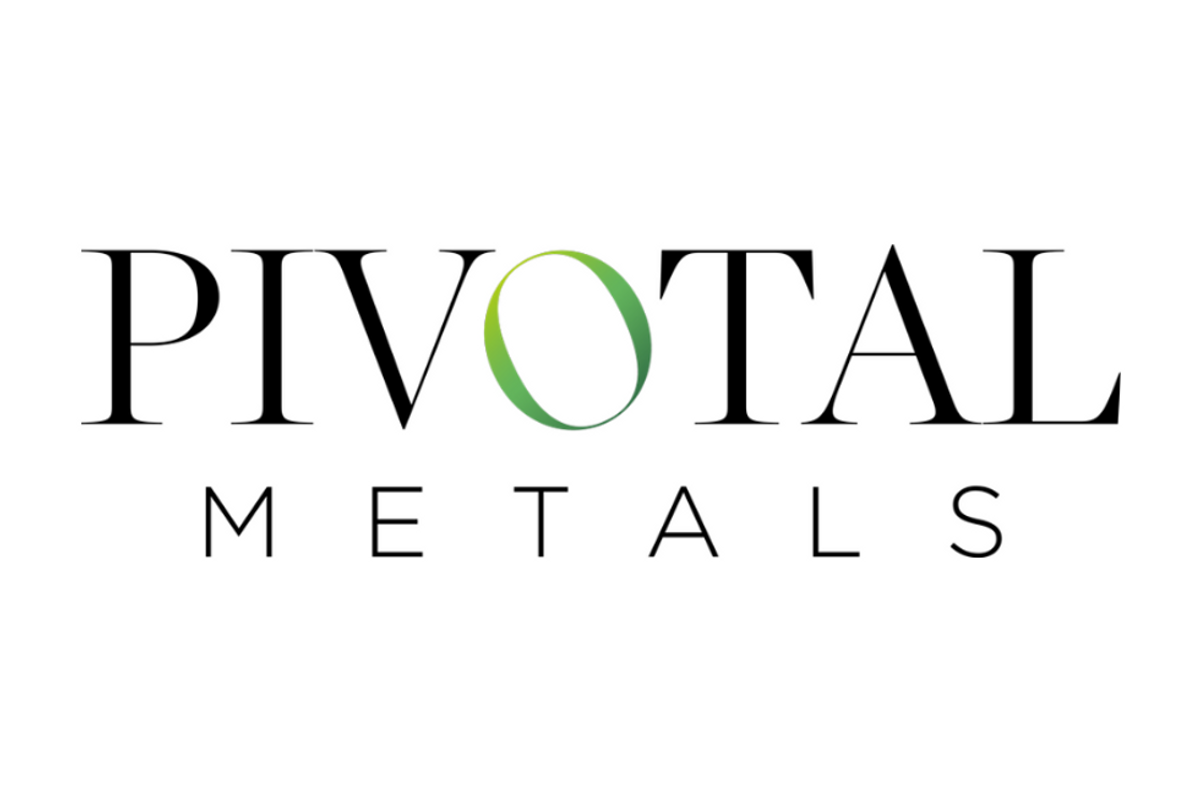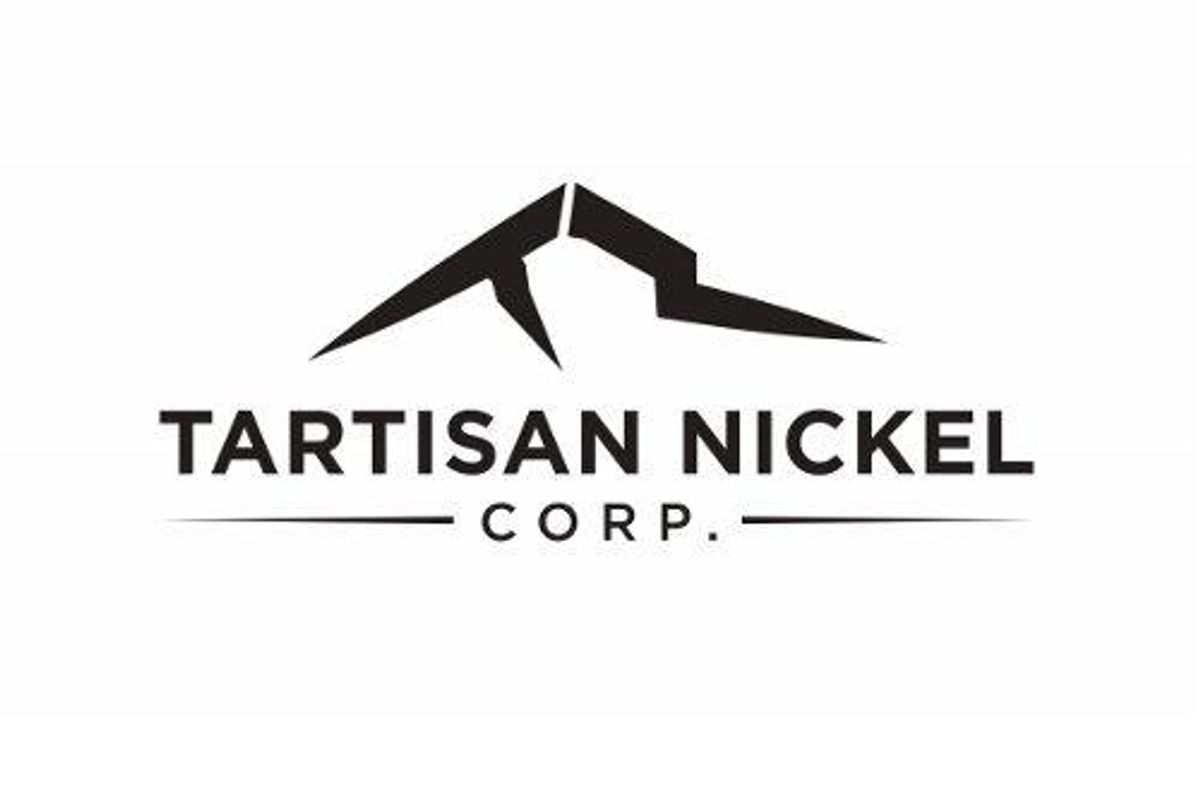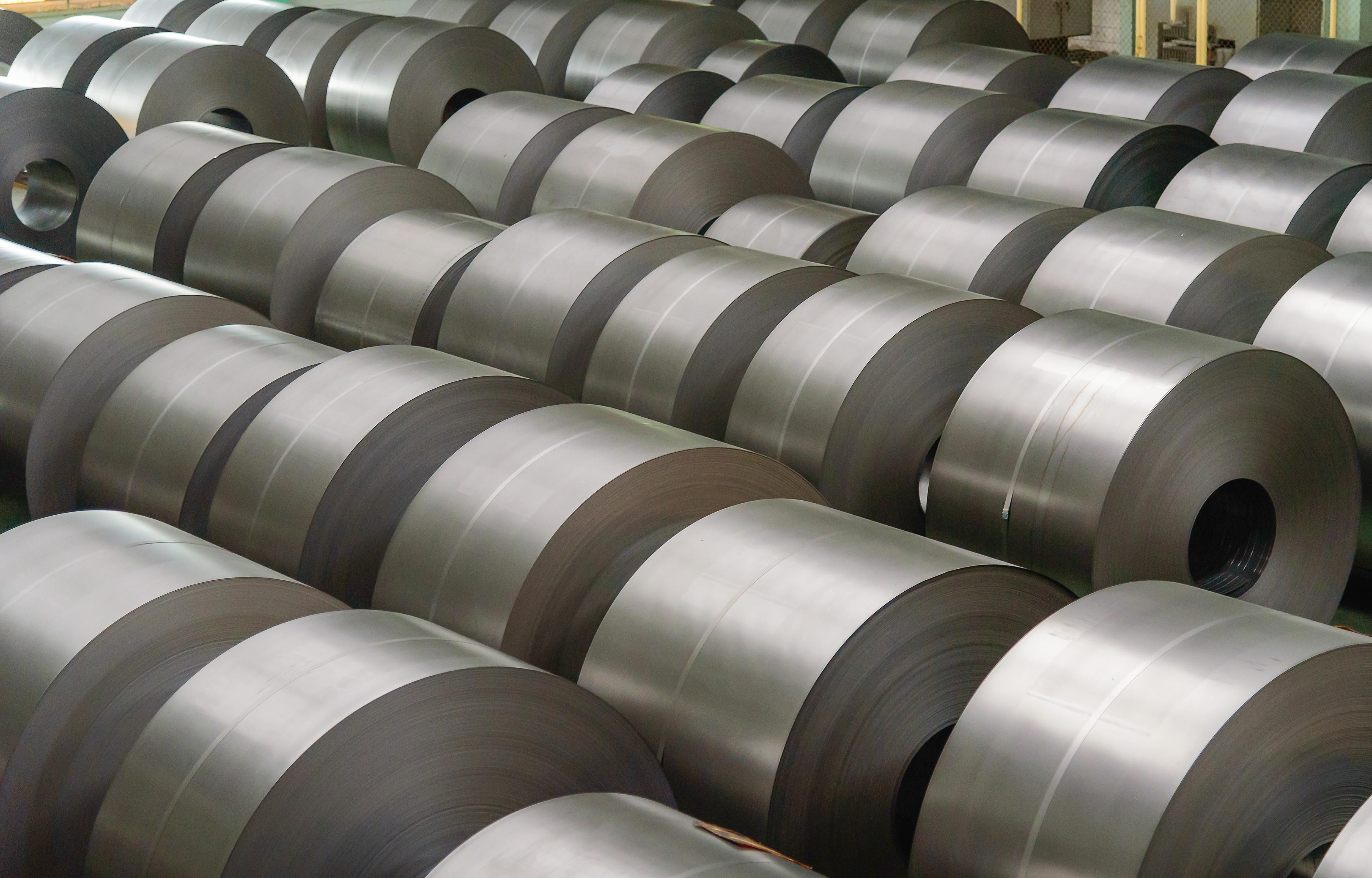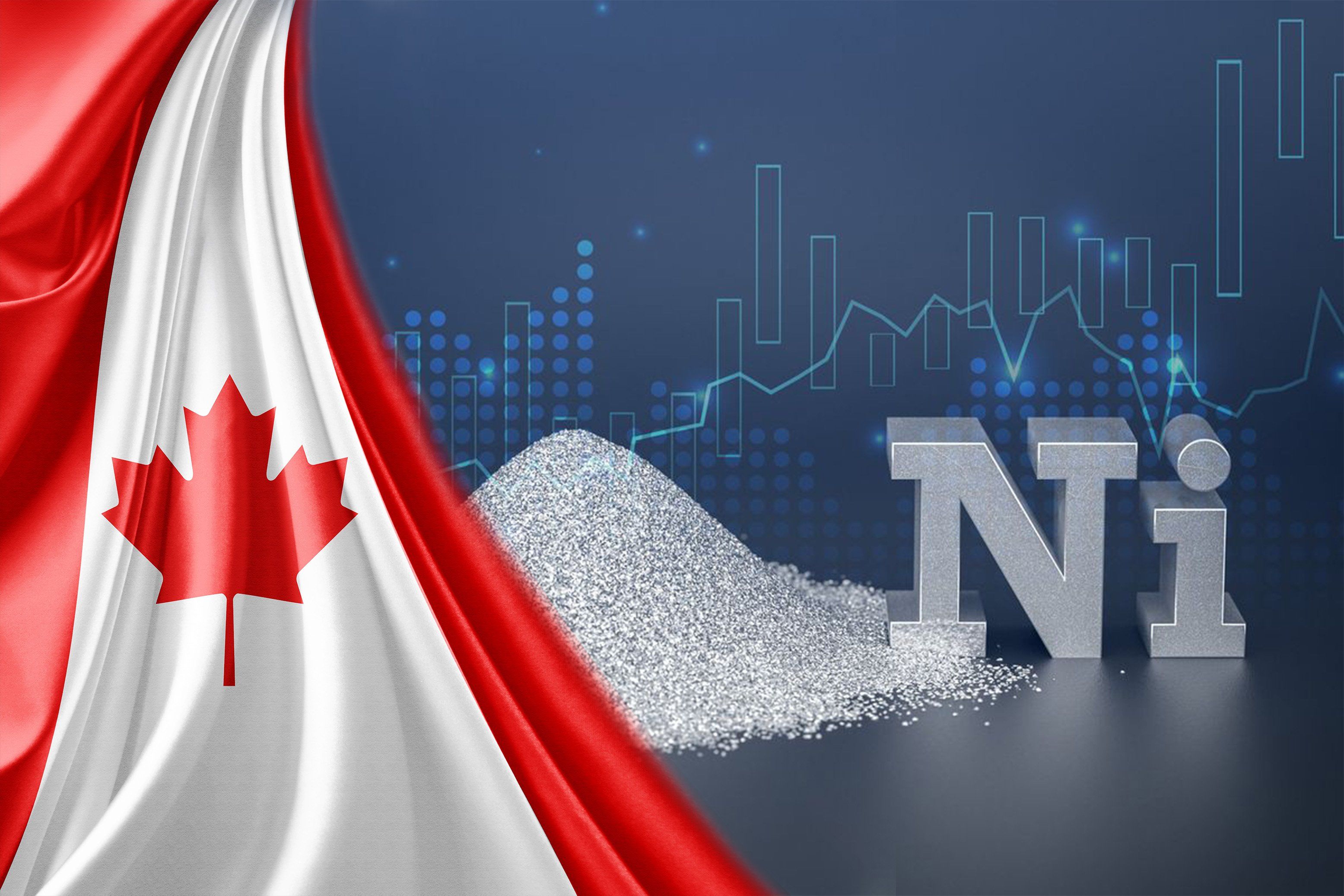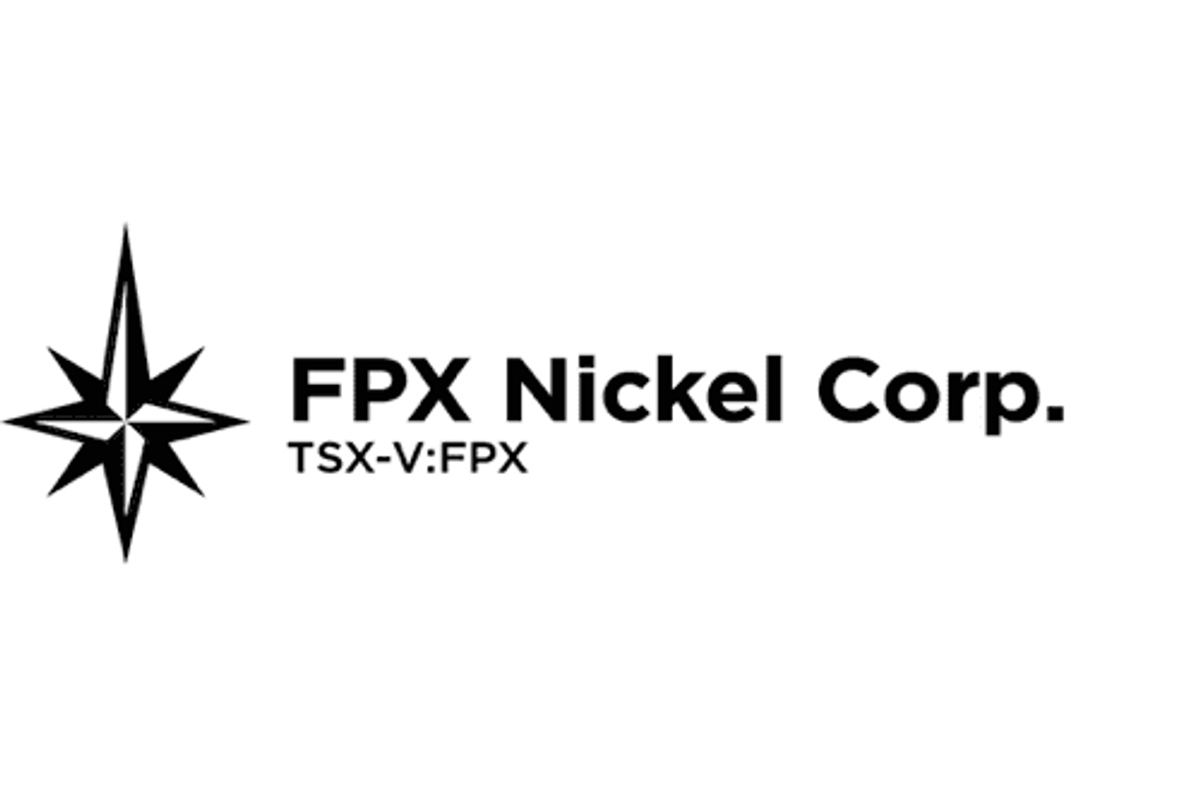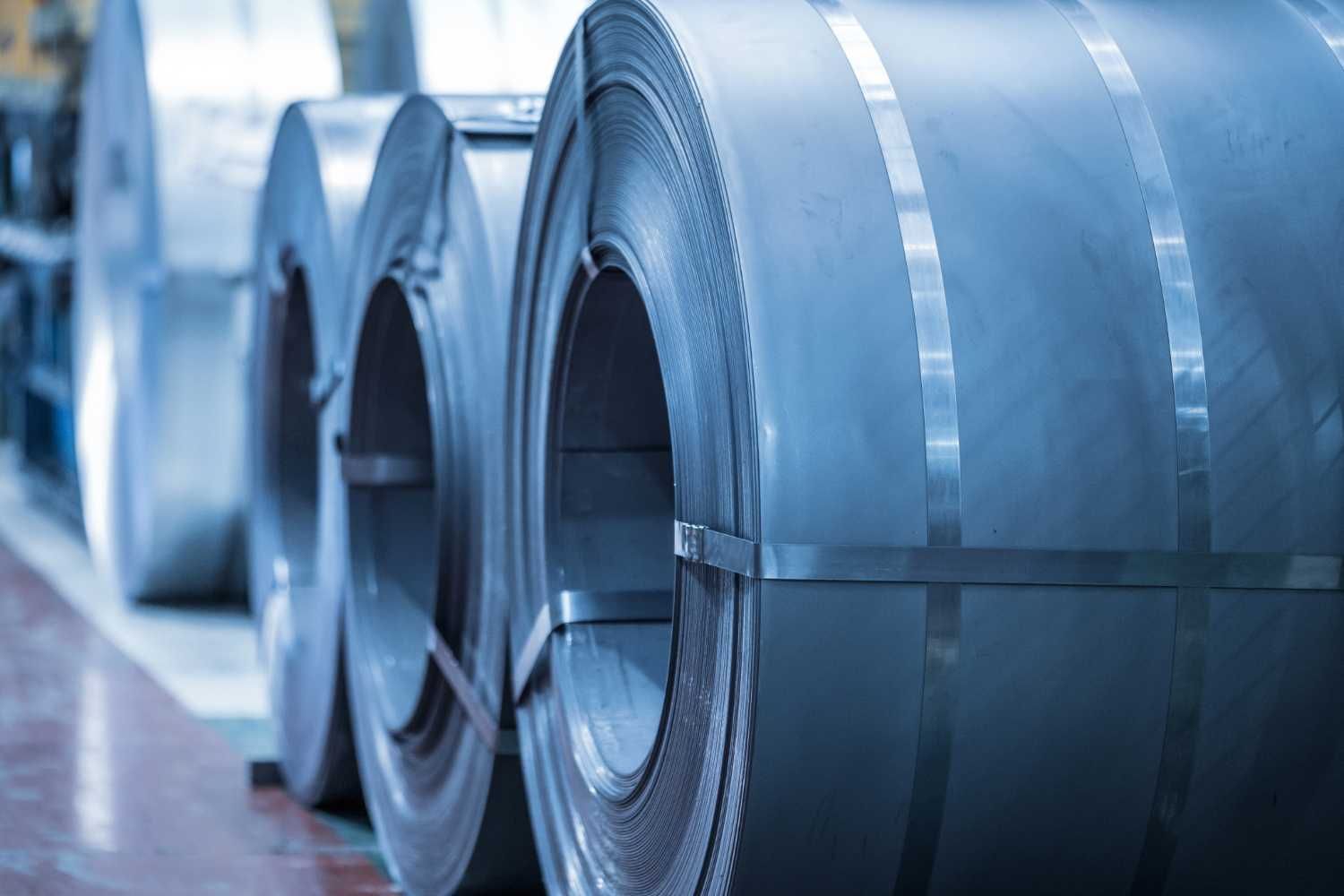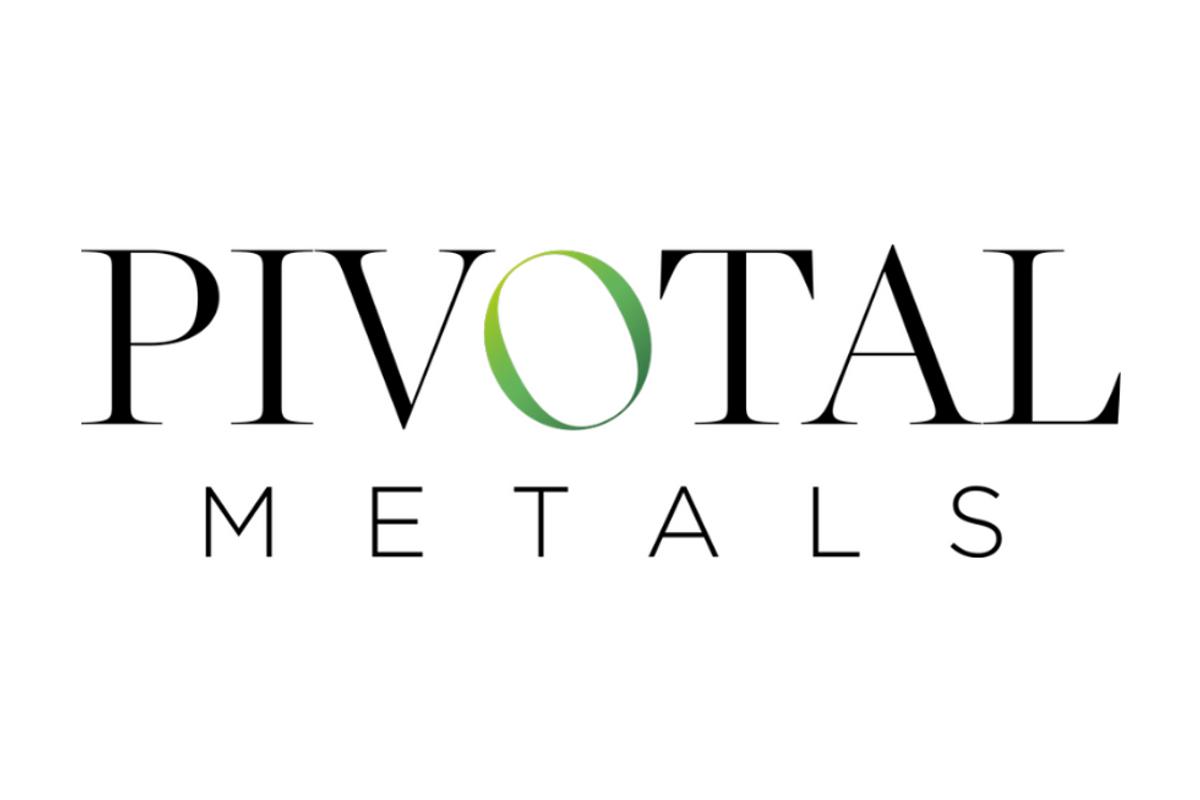
July 28, 2024
Pivotal Metals Limited (ASX: PVT) (‘Pivotal’ or the ‘Company’) is pleased to provide its Appendix 5B cash flow statement for the quarter ended 30 June 2024, along with the following operational summary.
Quarter Highlights
- Drill results from the 34 hole diamond drilling program totalling 7,092m at Horden Lake. As at the date of this report, 16 holes have now been released. Highlights include:
- 37.5m at 1.31% CuEq from 51.2m, incl 15m @ 2.15% CuEq (HN-24-93).
- 32.1m @ 1.2% CuEq from 264.3m, incl 14.2m @ 1.79% CuEq (HN-24-98)
- 28.6m @ 1.05% CuEq from 74m, incl 10.2m @ 2.3% CuEq (HN-24-103).
- 39.1m @ 0.97% CuEq from 154m, incl 19.7m @ 1.41% CuEq (HN-24-94)
- 21.5m @ 0.98% CuEq from 266.1m, incl 7.2m @ 1.56% CuEq (HN-24-97).
- 33.8m @ 0.81% CuEq from 38m (HN-24-100). o 11.9m @ 1.39% CuEq from 229.7m & 17.1m @ 0.58% CuEq from 203m (HN-24-96).
- Significant depth extension via drilling and DHEM in the southern zone clearly defined at Horden Lake
- The lesser drilled southern zone demonstrates potential to match or possibly exceed the central zone where economic resources extend to 550m (still open), 50-60% deeper than currently defined in the south.
- Assays confirm Pd, Pt, Au, Co and Ag metals are present. These were never before assayed for in large parts of the Horden Lake project, and represent upside to contained metal in future resource updates.
- Magnetotelluric “MT” geophysical survey shows large magnetic anomalies outlined on a newly mapped prospective contact, which hosts the historical high-grade discoveries ‘Alotta’ and ‘Midrim’ on the 100% owned BAGB project.
- $1.27m cash balance, with further news-flow expected as the Company releases remaining drilling and DHEM results, and advances work across its properties. o A$0.216m has been received since quarter end from delayed March 24 quarter sales tax refunds. A further ~A$0.157m is expected before the September 2024 quarter end.
Managing Director Ivan Fairhall said:
“The June quarter was an important one for Pivotal, where we delivered the first drilling results in over a decade on the Horden Lake project. Results fully validate our beliefs in the substantial upside potential at Horden Lake. Stepout drilling is complemented by DHEM to show that the shallower zones continue strongly at depth. Deeper drilling in the central zone gets us very excited by what we are seeing as we step-out in the south. Infill drilling is adding byproduct metal assays in previously untested areas, and enhancing the value of the 28mt resource which we have already defined. We look forward to bring this all together in a resource update in Q4 24.
The MT survey is an exciting enhancement to our BAGB geological model, showing Midrim and Alotta are indicators of an extensive magmatic intrusion which acted as the plumbing system for these high-grade surficial deposits, with the survey pointing to potential sulphide accumulations of scale.”
We look forward to sharing continued exploration results from Horden Lake through the September quarter.”
Click here for the full ASX Release
This article includes content from Pivotal Metals, licensed for the purpose of publishing on Investing News Australia. This article does not constitute financial product advice. It is your responsibility to perform proper due diligence before acting upon any information provided here. Please refer to our full disclaimer here.
PVT:AU
The Conversation (0)
18 January 2024
Pivotal Metals
Investing in metals for a sustainable energy transition.
Investing in metals for a sustainable energy transition. Keep Reading...
01 December
Tartisan Nickel Corp. Acquires Apex Claims Contiguous to the Kenbridge Nickel Copper Cobalt Project, Northwestern, Ontario
Tartisan Nickel Corp. (CSE: TN,OTC:TTSRF) (OTCQB: TTSRF) (FSE: 8TA) ("Tartisan", or the "Company") is pleased to announce that it has completed the purchase of three claims historically identified as the "Apex Claims" located in the Atikwa Lake region, in the Kenora Mining District, Northwestern... Keep Reading...
10 November
Top 5 ASX Nickel Stocks of 2025
Although countries around the world have been adding nickel to their critical minerals lists, many nickel companies have faced difficulties recently due to a tough price environment.Nickel prices started 2025 with high volatility before flattening in Q3 at around US$15,000 per tonne.Price... Keep Reading...
03 November
Top 5 Canadian Nickel Stocks of 2025
Nickel prices have experienced volatility in the past few years due to supply and demand uncertainty. While demand has been consistent, prices have been mainly influenced by structural oversupply stemming from high output from Indonesia, which rapidly increased output in recent years to become... Keep Reading...
29 October
Nickel Price Update: Q3 2025 in Review
Nickel prices were volatile in the first half of 2025, but evened out in Q3 amid ongoing oversupply concerns.The market has also faced considerable uncertainty as the US adjusts its trade and spending policies, with headwinds coming from the end of the country's electric vehicle (EV) tax credit... Keep Reading...
Latest News
Latest Press Releases
Copper Quest Closes $1,927,000 Private Placement
05 December
Related News
TOP STOCKS
American Battery4.030.24
Aion Therapeutic0.10-0.01
Cybin Corp2.140.00
